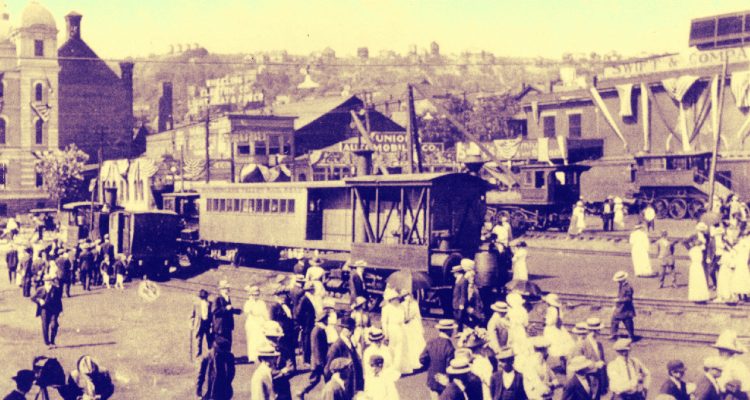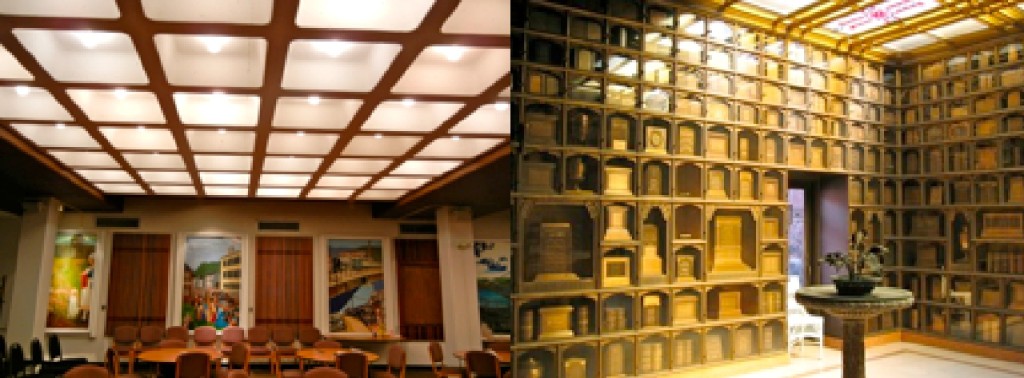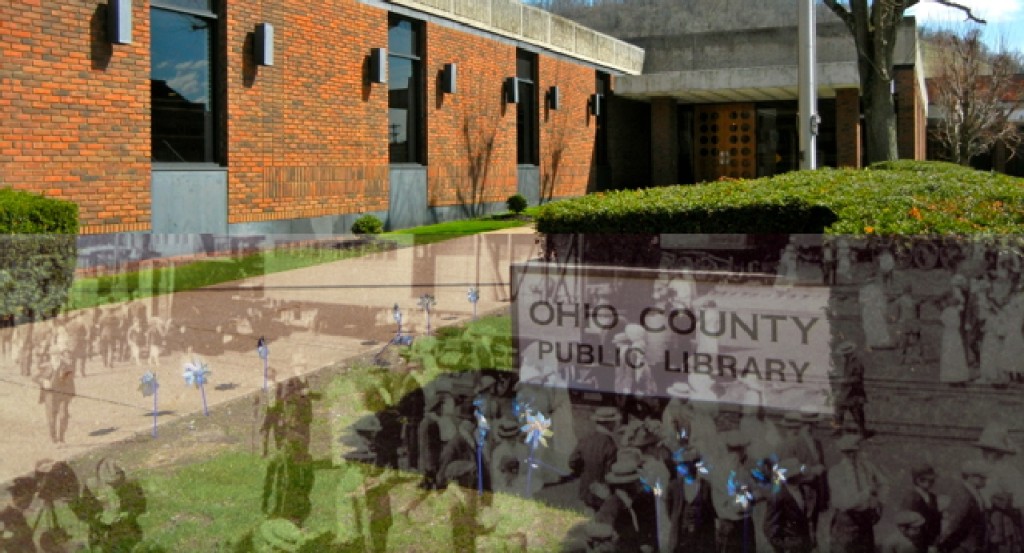Note: This is a fictional tale. Rich Knoblich, WV storyteller and a regular winner of the Liar Contest at the annual Vandalia Gathering hosted by the WV Dept. of Arts and Culture, likes to add some drama, mystery and fun to his fables. It’s been said that some of the best lies are ones that are weaved with a thread of truth, which is exactly how Knoblich designs his short stories. Can you spot the truth in this tale?
The historical reference to Wheeling as ‘Place of the Skull’ by local historians implies Wheeling is a setting of uncommon circumstances. To appreciate Wheeling’s paranormal attractions, you need to delve into a location’s specific history. And where else to research an examination our specters than the Ohio County Public Library, itself a site of haunted folklore?
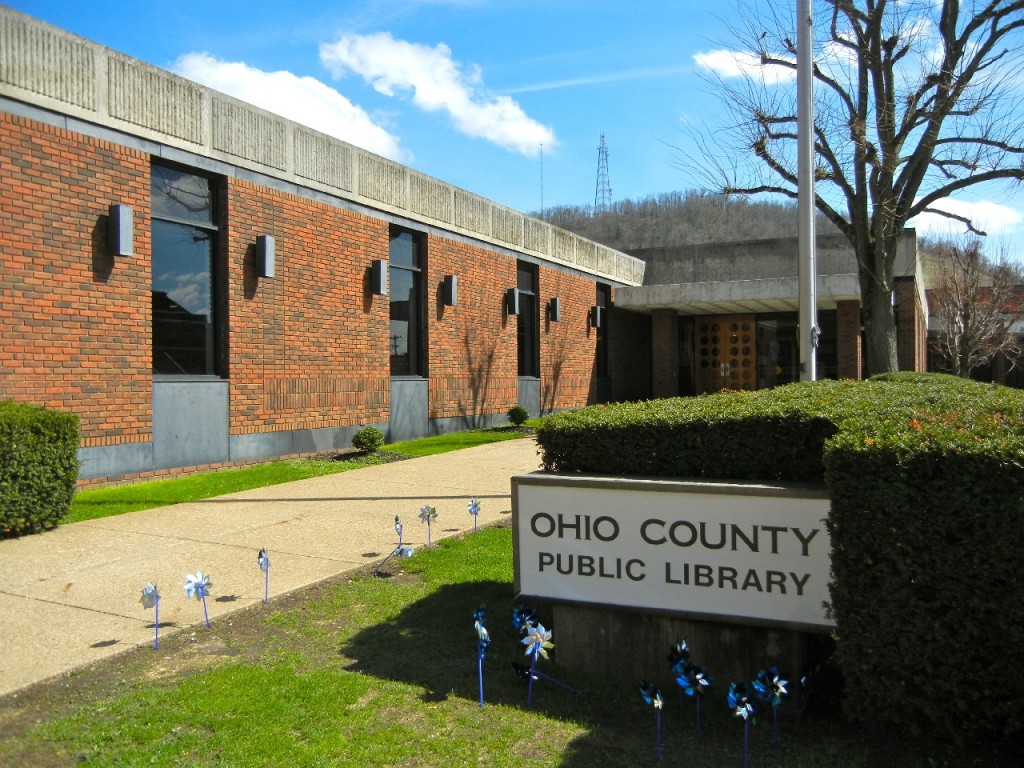
Opened in May of 1973, the Ohio County Public Library building on 16th St. has revealed eerie coincidences for patrons because of the land’s unique history and current architecture. A timeline examination of the property is worth investigating to see how it fits in with Wheeling’s ethos of spirit folklore.
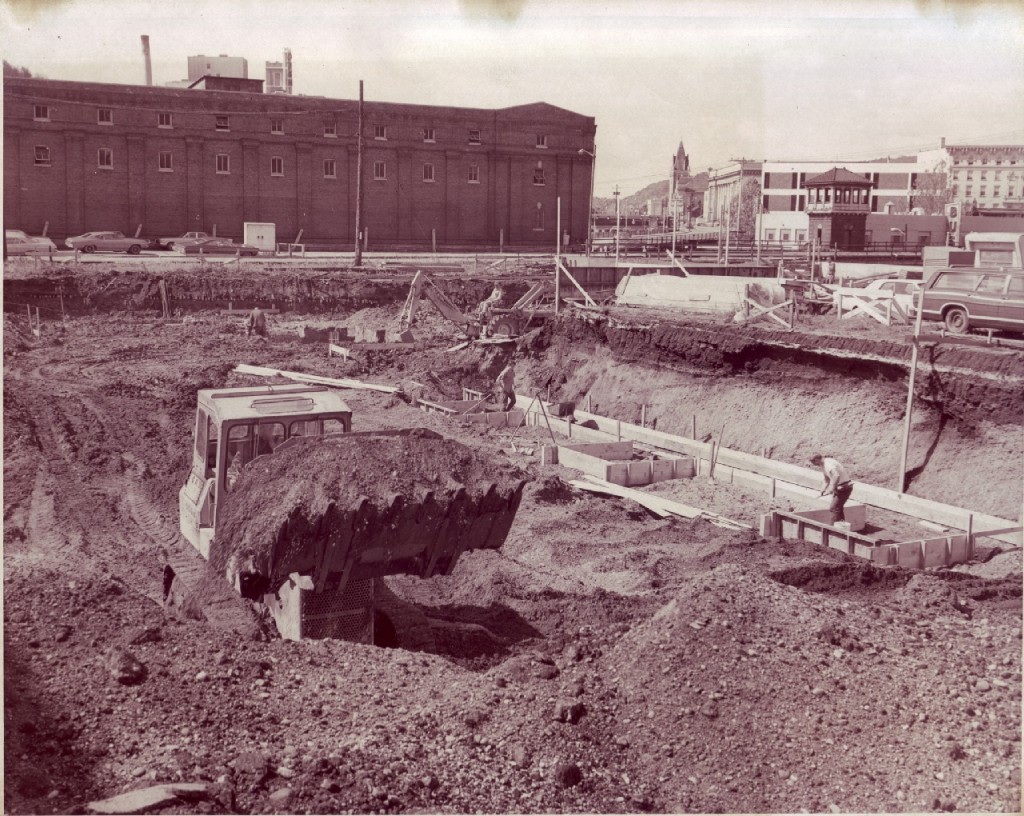
The steamboat construction industry began developing in 1816 along the shores of Wheeling Creek. The National Road would soon reach Wheeling in 1818. These transportation events attracted the attention of railway developers to Wheeling’s growing market for goods. The frontier town became an important transportation terminus where pioneers would depart for the western frontier. The river city grew rapidly as people rushed in for jobs in construction and manufacturing. Inevitably, with an expanding population came an increasing number of deaths in the community.
A cemetery was required. It had to be close at hand to accommodate family visits and easily accessible once a church’s funeral service concluded. The Zane family, original settlers in the area, possessed the required tracts of land. Noah Zane realized cemetery property was a necessary facet of the city’s continued growth. Therefore, on Oct. 5, 1816, Mary and Noah Zane deeded to William Irwin, mayor of Wheeling, a plot of land to be used as a cemetery.
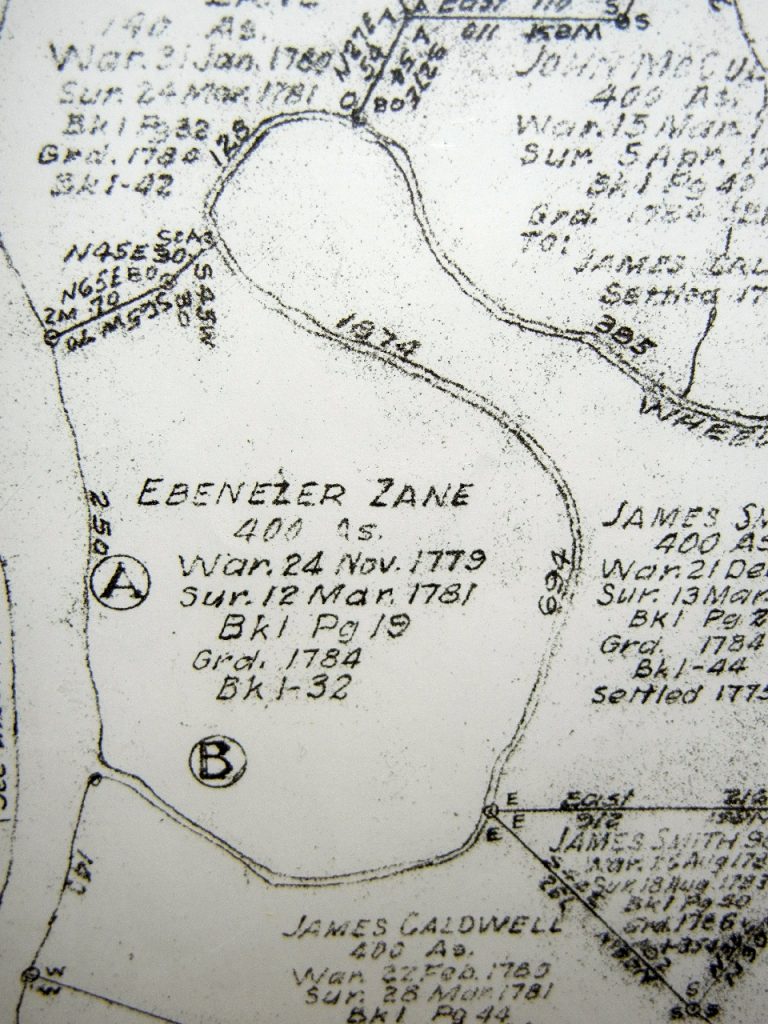
People hoped the property, just to the south, would be large enough to accommodate hundreds of “residents.” Little did the living realize how quickly Wheeling would grow and fill the cemetery lots. The Hempfield Cemetery, a City of the Dead, became nearly full by the late 1840s.
The Hempfield Railroad, connecting Wheeling to Washington, Pa., and beyond, was incorporated in 1850. Walter C. Smith, a veteran Civil Engineer was employed as chief engineer for the construction of the Hempfield Railroad. It was decided the best place for the new Wheeling railroad depot was the location of the Hempfield Cemetery.
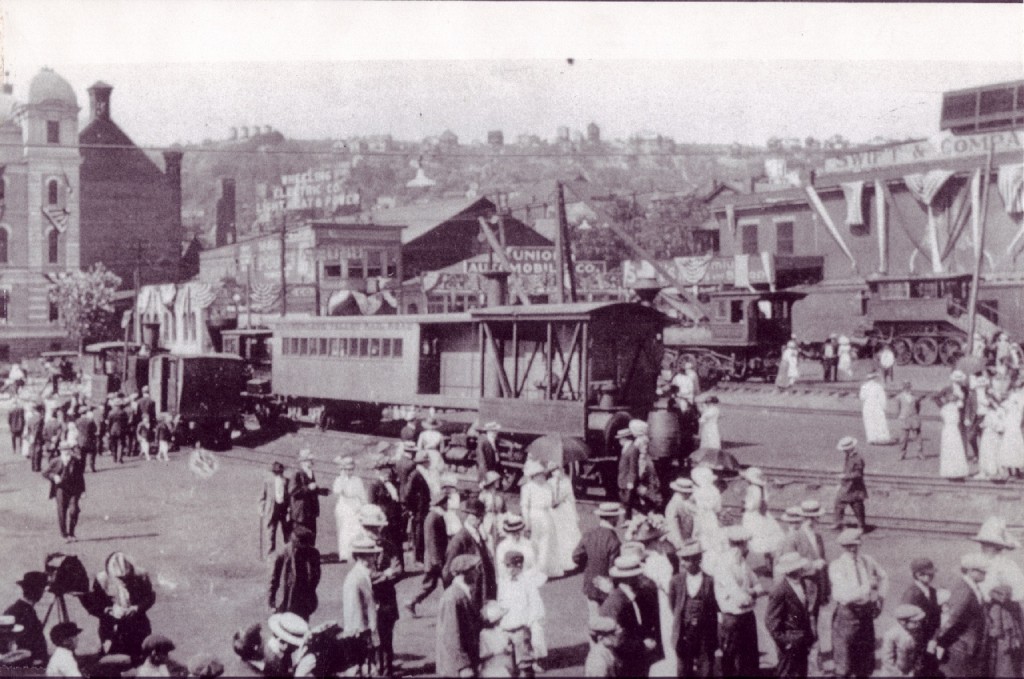
So in 1850 the city of Wheeling formed a committee and decided to remove the hundreds of bodies from the nearly full cemetery and reinter them at either the new Peninsula Cemetery or Mt. Wood Cemetery. A contract was made with Jacob Amick to grade down six feet into the earth to remove all bones and “the dust of hundreds of unknown ones.” Most of the remains were reinterred in the southwestern corner of Peninsula Cemetery. (Ohio County Cemeteries: From WAGS LOOKOUT by Mary Lou Henderson.) Gravestones were carefully removed and placed with the new graves. The requirements of Mr. Amick’s contract were “faithfully performed.”
The Hempfield Railroad grade still exists as the paved rails-to-trails path from Elm Grove along Wheeling Creek past Wheeling Hospital. It’s most notable remaining features today are the Hempfield Tunnel (aka Tunnel Green) with a stone arch viaduct at one end of the tunnel crossing Wheeling Creek near Interstate 70. The railroad terminus was at the current location of the Ohio County Public Library.
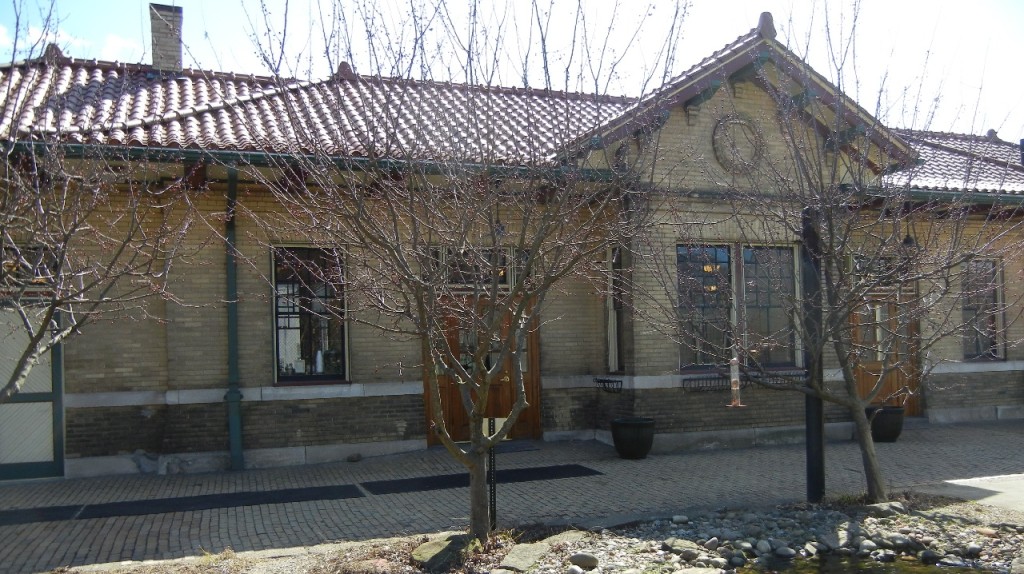
By 1853 the B&O Railroad reached Wheeling just south of Wheeling Creek along the Ohio River. In 1861 the unprofitable Hempfield RR was bought out by the B&O, which extended its line across Wheeling Creek and connected to the Hempfield line. In 1908 the B&O opened the passenger terminal that is now W.Va. Northern Community College, locally called Northern.
An electrical power plant for the railroad was built where the OCPL is located. To recap the development of the land: wilderness area, Zane property, Wheeling’s Hempfield Cemetery, the Hempfield RR depot (later bought out by the B&O RR), a small power plant for the B&O passenger station and currently the Ohio County Public Library. (Photo of B&O passenger station with power plant smokestack)
It is the current usage of the property, developed as a modern library facility with ghostly manifestations, that is of interest to paranormal aficionados. With the history of the Hempfield Cemetery, evolving later to become two different railroad yards, a tour of the location reveals unintended architectural reverberations of its intriguing past.
In the basement passageway one can view overhead pipes reminiscent of the complex tubing of early steam locomotives. This visual identifies where ghostly engine sounds are unintentionally recreated by vestiges of past railroad glory.
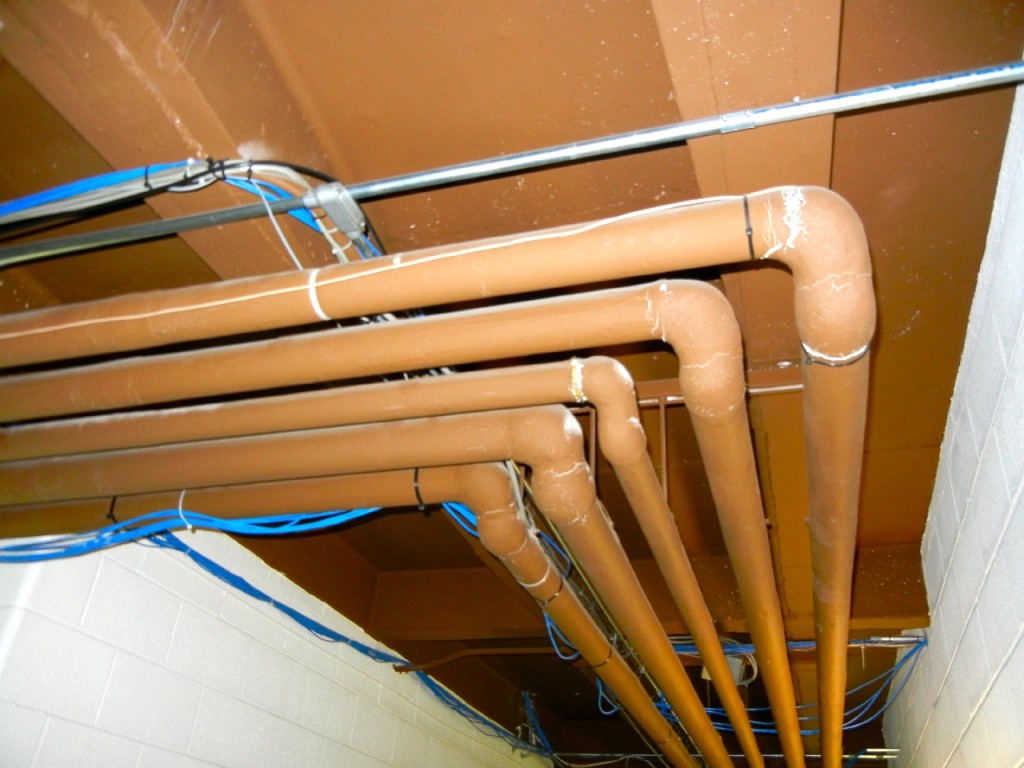
In the southwest portion of the library’s basement hallway below the pipes is a door. The elevator is to the left and another door marked ‘Stairs‘ is to the right of it. The unmarked door opens towards the direction of the neighboring B&O passenger railway station now repurposed into the W.Va. Northern Community College.
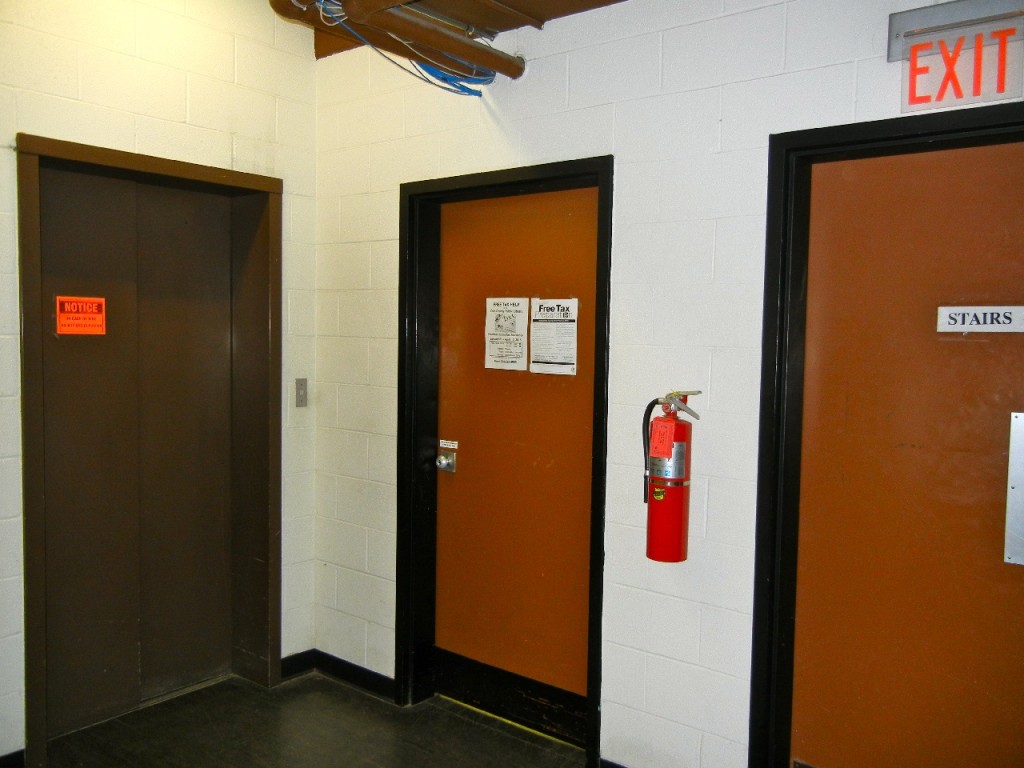
From mid-January to April the room is accessible to retired CPA volunteers to assist people with income tax preparation. Step into the room and just to the right listen closely to the overhead vent system as the air rushes through the ductwork. Strangely, the ductwork joints and control flaps duplicate the eerie piston sounds of the B&O 4-6-0 Perkins steam engine idling at a depot siding. It subtly mimics the powerful 10-wheeler locomotive developed to haul freight through the rugged West Virginia mountains.
With patience you may detect a faint phantasmic clanking and groaning of a steam locomotive’s heavy metal wheels screeching on steel track as it slows through a side railing easing to a stop. Train enthusiasts try to match the sounds with the arrival and departure times of old railway schedules.
A similar mimicking of whooshing steam engine sounds can occasionally be heard from a circular vent on the main floor of the library. The vent is found in the southeast corner above the shelving labeled 962-973 (Egypt & Sudan to United States). As the air flow kicks on the air rushing out of the vent is similar to the low whistling of a train in the distance.
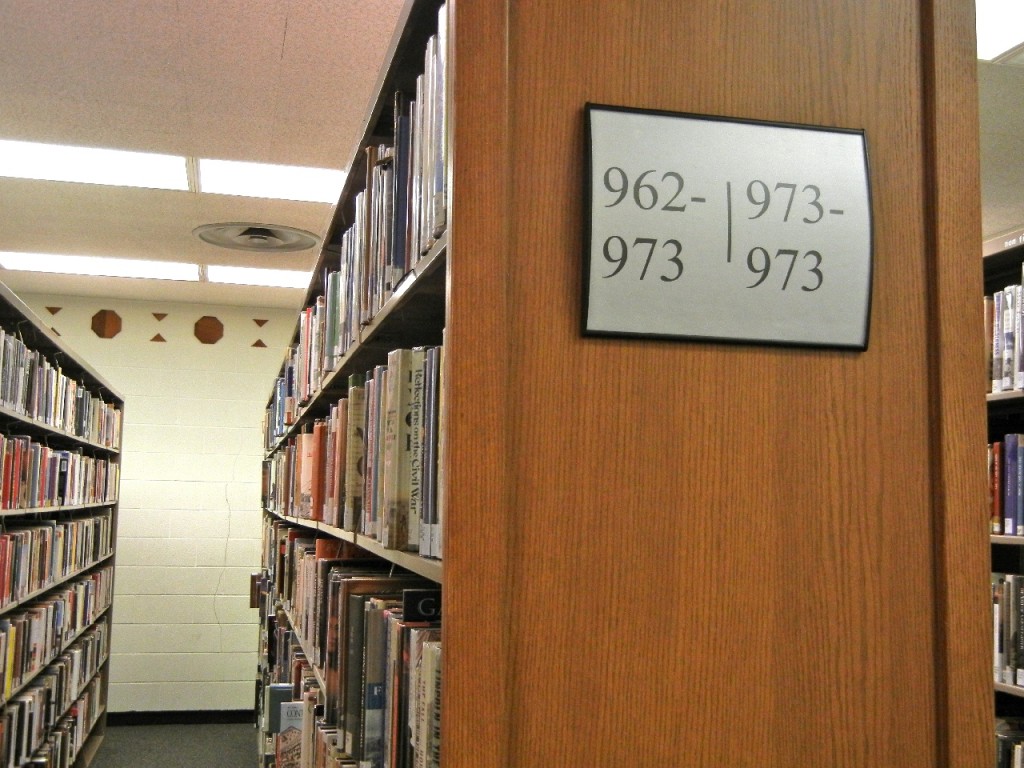
Both occurrences are reminiscent of the busy comings and goings of the long-departed locomotives that once ran across the property. With over 100 passenger cars a day going through the B&O passenger station and a busy Hempfield depot, it is supposed the latent energy of thousands of travelers and machines combine. These disturbances are not the only unplanned reflections of a past era.
An unconventional, yet intriguing, architectural feature is the beautiful auditorium located below ground level. (A structural style mimicked at both library entries.) The overhead ceiling is composed of symmetrical square cement baffles for acoustics. Its structure is reminiscent of a columbarium, a place for the respectful, and usually public, storage of urns.
OCPL auditorium. Photo by Rich Knoblich Columbarium in Oakland, Wikipedia
Remember, this property was originally developed as a cemetery. As you relax to enjoy a program in the charming auditorium, you can look up to where the bottom of the cemetery grounds had once been, scraped down six feet by Mr. Amick and his crew in preparation of a railroad depot.
Finally, located in the center of each cement square is a globe light reminiscent of the spiritual glow energy of paranormal orbs. The globe lighting for each alcove is evocative of the spirit orbs captured in many photos by paranormal investigators. Suspended in each little recess, the lights gleam with subtle energy. Who is to say if these manifestations reflect the past? Yet, spirit hunters feel that, collectively, the summation of the parts reveals an unworldly encounter with the property’s past.


